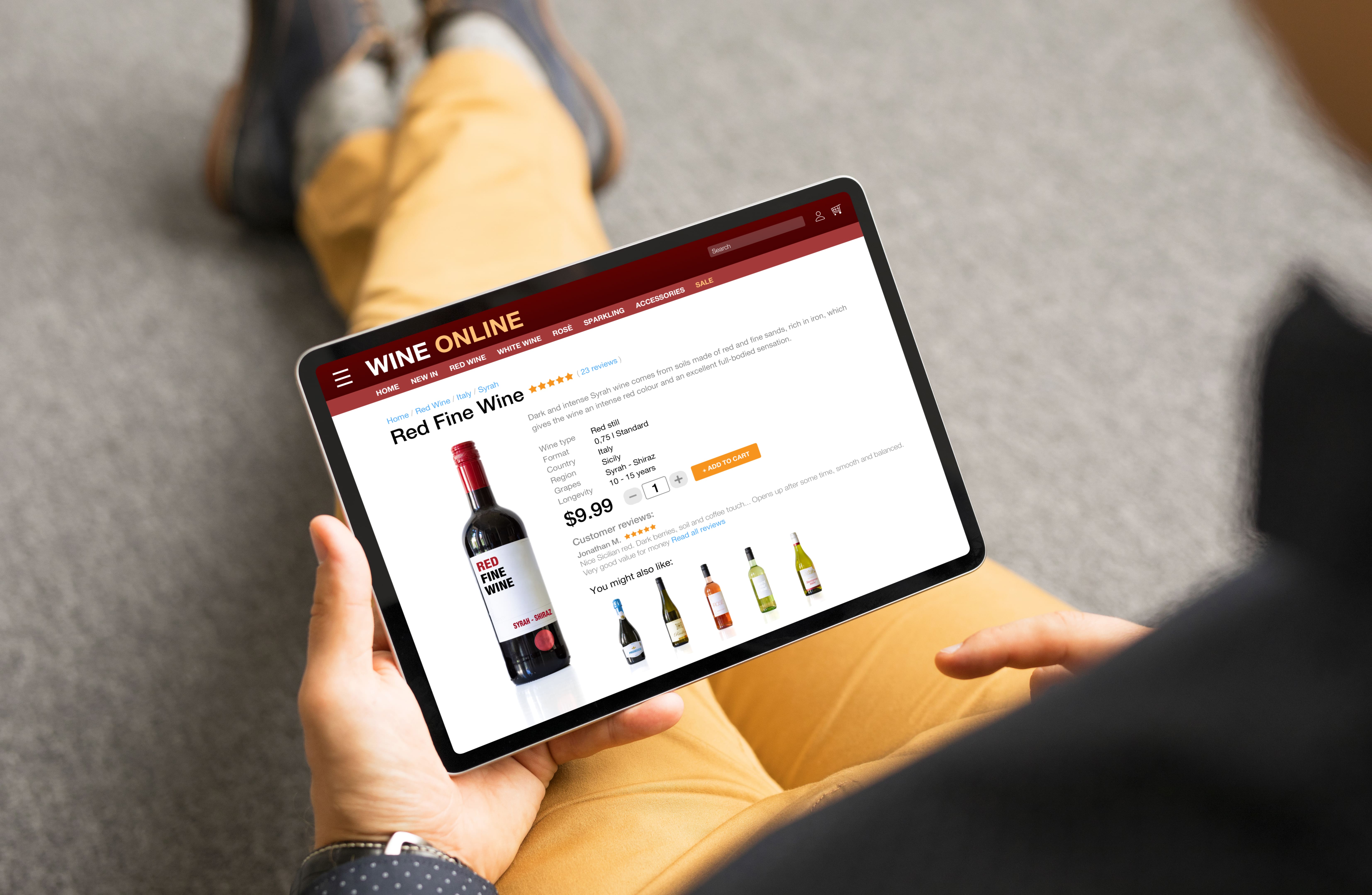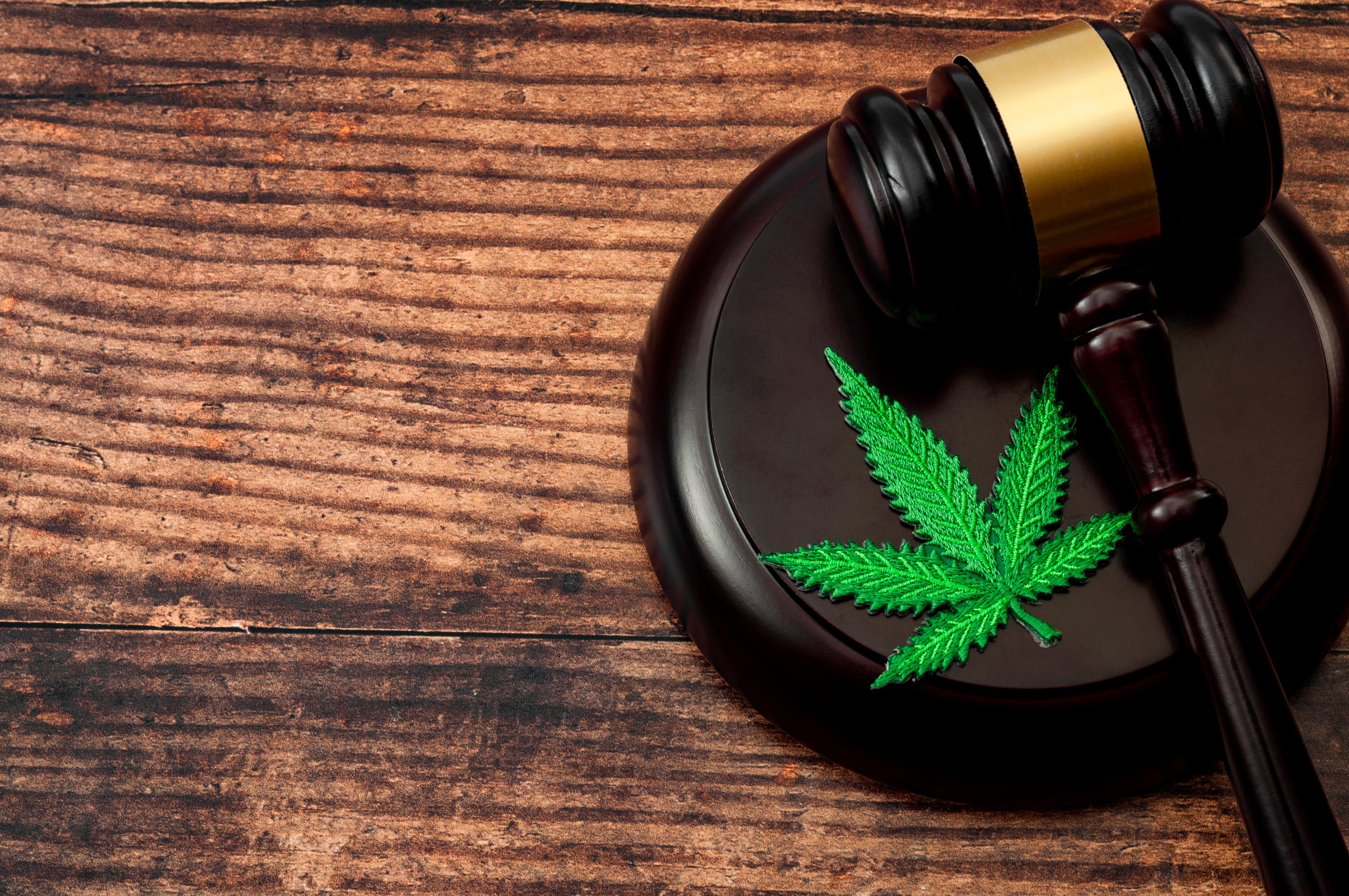Advertising Liquor — Strategies, Laws, and Restrictions
Did you know alcohol advertising faces stricter regulations than even prescription drug marketing in some states? If that fact surprises you, it should also highlight just how complex advertising liquor can be. Unlike most consumer products, alcohol brands must operate under a maze of federal, state, and platform-specific restrictions. Every campaign must balance creative storytelling with compliance, making it one of the toughest industries in which to advertise. In this guide, we’ll break down the current state of liquor advertising, the key alcohol advertising laws you need to follow, and practical strategies for building campaigns that stand out without crossing regulatory lines.
See how we implement alcohol advertising.
The State of Liquor Advertising Today
Liquor advertising has shifted dramatically over the past two decades. Once dominated by television, print, and event sponsorships, today’s campaigns are increasingly digital-first. Social media platforms, streaming services, and programmatic channels all offer opportunities for reaching consumers—if brands navigate compliance carefully.
Current trends include:
- Premiumization messaging that emphasizes craft, heritage, and authenticity.
- Lifestyle marketing connecting spirits with social occasions, travel, and culture.
- Digital integration, from search ads to branded social content.
Still, traditional channels like TV and out-of-home remain important for reach, particularly in brand-building campaigns.
Governing Bodies: Alcohol Advertising Laws and Regulations
Navigating alcohol advertising laws requires a clear understanding of the regulatory bodies in play:
- Federal Trade Commission (FTC): Oversees truth-in-advertising and ensures that alcohol ads are not misleading.
- Alcohol and Tobacco Tax and Trade Bureau (TTB): Regulates alcohol labeling, marketing claims, and compliance standards.
- State-level Regulators: Each state can impose its own alcohol advertising laws, which may be stricter than federal rules.
For liquor brands, this means every campaign must meet a multi-layered compliance standard—federal, state, and often platform-specific.
See how cannabis brands navigate similar challenges in LDA-compliant cannabis advertising.
Alcohol Advertising Restrictions You Must Know
Beyond broad laws, alcohol advertising restrictions set clear limits on how brands can market liquor. Key restrictions include:
- Protecting minors: Ads cannot target or appeal to audiences under the legal drinking age. Platforms often require proof that at least 71.6% of an ad’s audience is 21+.
- Content limitations: Liquor advertising cannot contain false health claims, promote excessive consumption, or suggest that drinking leads to success.
- Sponsorship/event limits: While event partnerships are allowed, they must include disclaimers and avoid youth-centric audiences.
Failing to comply with these restrictions can result in fines, reputational damage, or removal of campaigns.
Best Practices for Alcohol Advertising Compliance
Staying compliant doesn’t mean campaigns have to be bland. Successful alcohol advertising combines responsible messaging with creative execution. Best practices include:
- Use clear disclaimers: Always include age verification and “Drink Responsibly” messaging.
- Avoid risky placements: Never run ads in channels where a significant portion of the audience is underage.
- Balance creativity with compliance: Brand storytelling can shine while keeping responsibility front and center.
Creative Strategies for Advertising Liquor Responsibly
Responsible campaigns often leverage approaches that blend compliance with creativity. Three of the most effective include:
Storytelling and Heritage
Highlighting craftsmanship, brand origin stories, and cultural roots allows liquor brands to connect emotionally with consumers. By sharing narratives of tradition, family heritage, or artisanal production, campaigns can stand out while reinforcing messages of quality and responsibility.
Lifestyle Positioning
Associating liquor with culinary experiences, celebrations, and moderation helps position products as part of an adult lifestyle rather than a path to excess. Brands can tie into food pairings, travel themes, or cultural events to promote drinking in context, always emphasizing moderation.
Influencer and Experiential Marketing
Strategically using influencers and branded experiences can drive engagement while staying compliant. Partnerships should include strict ID verification and content guidelines to avoid underage exposure. Experiential activations, like tastings or sponsored events, provide opportunities to reinforce responsibility messaging alongside brand identity.
An example of a story-driven campaign is Johnnie Walker’s “Keep Walking” campaign, which combines inspirational storytelling with consistent responsibility messaging.

Digital Advertising Liquor Opportunities and Challenges
Digital channels bring new opportunities for advertising liquor, but they also come with compliance hurdles. The table below highlights the major opportunities and the corresponding challenges:
Turning Restrictions Into Opportunities
Advertising liquor isn’t just about promotion—it’s about navigating one of the most tightly controlled industries in marketing. While alcohol advertising laws and restrictions may feel like barriers, they also create opportunities for smarter social media and programmatic advertising campaigns. Brands that focus on responsible messaging, data-driven targeting, and compliance-first creativity are the ones that win long-term. By mastering these rules, liquor marketers can turn compliance into a competitive advantage and build advertising campaigns that resonate, inspire, and endure.
.svg)









